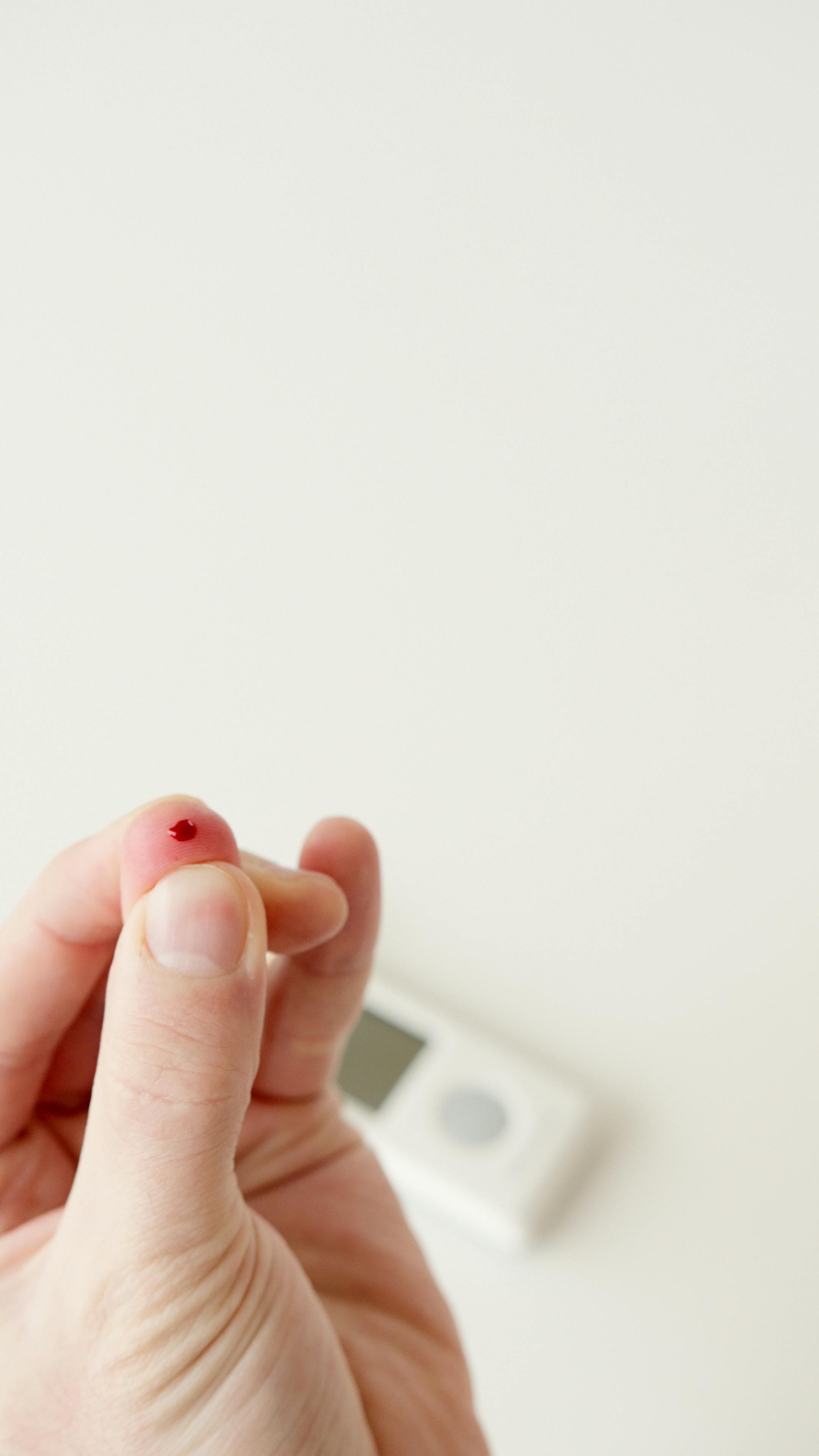Smart Ways to Enhance Care for Your Blue Parrot in 2025: Learn More!

Effective Ways to Care for Your Blue Parrot Bird in 2025: Discover Proven Tips!
As vibrant and intelligent creatures, blue parrots captivate the hearts of many bird enthusiasts and pet owners alike. These exotic birds are not only known for their stunning plumage but also their sociable and playful nature, making them fantastic companions. Understanding how to care for your blue parrot is crucial to ensuring their happiness and health. In this comprehensive guide, we'll delve into various effective ways to maintain a balanced and nurturing environment for your blue parrot, covering everything from diet and habitat to training techniques and enrichment activities.
In 2025, the importance of proper parrot care remains paramount, and with new research and advancements, there are always fresh perspectives and strategies to adopt. This article will provide you with proven tips that promote parrot health and well-being while highlighting their ecological significance. We’ll explore their dietary requirements, ideal living conditions, essential training tips, and how to foster a strong bond with your feathered friend. Let's take this exciting journey into the world of blue parrots!
Creating a Comfortable Habitat for Blue Parrots
Setting up a suitable habitat is one of the most critical aspects of parrot care. A comfortable environment significantly impacts your blue parrot's happiness and well-being. It is essential to focus on both the physical space and the environment that nurtures their natural behaviors.
Choosing the Right Aviary Size
The size of your blue parrot's aviary should accommodate their need for space to fly and explore. Generally, a larger aviary encourages exercise, reduces stress, and allows for natural behaviors. Aim for a minimum of 24” x 24” x 36” for a single blue parrot, but the bigger, the better!
When selecting an aviary, consider options with horizontal bars and shelves for climbing and perching, offering your parrot a stimulating environment. Incorporate toys, swings, and climbing structures to make their habitat feel more comfortable and engaging.
Creating an Enriching Environment
Blue parrots thrive in environments that provide mental and physical stimulation. Interactive bird toys, perches of varying textures, and sensory activities are critical in encouraging problem-solving and exploration. Rotate toys regularly to keep their environment fresh and exciting.
Additionally, ensure the aviary is placed in a lively area where they can observe daily household activities. This interaction fosters bonding and helps them adapt to their human companions better.
Temperature and Humidity Control
Maintaining the right temperature and humidity levels in your parrot's habitat is crucial. Blue parrots thrive in warm and humid conditions, similar to their natural tropical environments. Ideally, keep their living space between 70°F and 80°F (21°C - 27°C) with a humidity level around 50-70%.
Use humidifiers during the dry season and avoid placing their aviary near open windows or drafty areas. Regularly monitor the aviary's conditions to ensure optimal comfort for your feathered friend.
Nutrition: Building a Healthy Parrot Diet
A well-balanced diet is key to maintaining your blue parrot's health and longevity. Proper nutrition not only prevents health issues but also promotes vibrant plumage and energy levels.
Understanding Blue Parrot Dietary Needs
Blue parrots require a diverse diet that primarily consists of high-quality pellets designed specifically for parrots, complemented by a variety of fresh fruits and vegetables. Aim for an 80% pellet-based diet, supplemented with safe foods such as apples, leafy greens, and carrots.
Ensure that all fresh produce is pesticide-free, and wash it thoroughly before serving. Standard wild seeds should only make up a small portion of their diet due to their high-fat content.
Safe Foods and Toxic Ingredients to Avoid
When feeding your blue parrot, be aware that some common foods are toxic or harmful. Avoid avocado, chocolate, caffeine, and foods high in salt or sugar. These ingredients can lead to health complications, including digestive issues and even poisoning.
Regular Feeding Routine
Establishing a consistent feeding schedule helps your blue parrot adapt to routines and ensures their nutritional needs are consistently met. Offer a mix of dry pellets in the morning and serve fresh produce during the day. Be sure to remove any uneaten food to maintain a clean habitat and prevent spoilage.
Effective Bird Training Techniques
Training your blue parrot is essential for enhancing communication, behavior, and the overall bond you share. Understanding their learning style will help you implement effective training techniques.
Positive Reinforcement Methods
Utilizing positive reinforcement techniques is highly effective when training blue parrots. This method involves rewarding desired behaviors with treats, praise, or affection. It encourages your bird to repeat good behaviors and strengthens your bond.
Start with simple commands like "step up" and gradually introduce more challenging tasks such as tricks or vocalizations. Remember to be patient, as consistent training over time yields the best results.
Socialization and Interaction
Socializing your blue parrot is a crucial part of their training. Regular interaction helps them understand human behavior and anxiety. Spend time daily talking, playing, or simply hanging out with them.
Introduce them to various social situations and other pets slowly, ensuring they feel secure and comfortable in their surroundings. Positive experiences will help them adapt and thrive within your home.
Addressing Behavioral Issues
Understanding parrot behavior is essential for correcting unwanted actions. Common issues may include biting or excessive screeching. Identify the triggers causing these behaviors and address them positively.
For instance, if your parrot bites when stressed, evaluate their environment and adjust it to be more secure and comforting. Reward alternative behaviors, such as using their toys or finding a perch, to encourage desirable actions.
Enrichment Activities for Blue Parrots
Every blue parrot needs sufficient mental and physical stimulation to thrive. Engaging them with interactive activities will enhance their quality of life and help reduce boredom-related behavioral issues.
Interactive Toys and Games
Investing in interactive toys specifically designed for parrots is essential. Options like foraging toys stimulate their problem-solving skills and keep them entertained. Rotate toys regularly and introduce new challenges to maintain interest levels.
Incorporate games like hide-and-seek or target training to provide structured playtime that reinforces your communication skills. This can deepen emotional bonds and promote trust between you and your parrot.
Outdoor Exploration Opportunities
Allowing your blue parrot supervised outdoor time can significantly enrich their life by exposing them to natural stimuli. Consider using a secure parrot harness or aviary to let them explore your backyard safely.
Birdwatching can also be a fun activity, as your parrot observes other birds and interacts with the natural environment. Monitor them closely to keep their safety a priority while they enjoy the outdoors.
Health Monitoring and Veterinary Care
Just like any pet, regular health monitoring is crucial for blue parrots to detect any health issues early. Proactive veterinary care will help keep them in optimal health throughout their lifespan.
Signs of a Healthy Parrot
Understanding the signs of a healthy blue parrot can help you identify potential issues before they become severe. Look for bright eyes, vibrant feathers, and a consistent appetite. Your parrot should have regular energy levels and engage actively with their environment.
Regular Veterinary Check-ups
Schedule regular veterinary check-ups to monitor your parrot's health. A trusted avian vet can conduct necessary health assessments and recommend vaccinations or treatments. Ensure they are familiar with unique parrot care requirements.
Keep records of any changes in diet or behavior, as this information can assist your vet in making informed decisions regarding your parrot's health. An annual check-up is typically recommended for most pet birds.
Frequently Asked Questions About Blue Parrot Care
As a new or experienced blue parrot owner, you may have questions regarding their care. Here are some of the most common inquiries:
What is the typical lifespan of a blue parrot?
Blue parrots can live anywhere from 15 to 30 years, depending on species, care, and health management. Proper nutrition and a safe environment contribute significantly to their lifespan.
How can I tell if my blue parrot is sick?
Signs of illness in blue parrots include changes in appetite, lethargy, abnormal droppings, and feather plucking. If you notice any unusual behaviors, consult your avian veterinarian promptly.
What types of toys are safe for blue parrots?
Look for toys made from non-toxic materials such as natural wood, untreated cardboard, or safe plastics. Interactive toys designed for problem-solving can greatly benefit your parrot's mental stimulation.
Conclusion: Embrace the Journey of Parrot Ownership
Owning a blue parrot is a deeply rewarding experience that requires commitment and understanding. By providing a proper habitat, a balanced diet, effective training, enrichment activities, and consistent health monitoring, you can ensure a happy and healthy life for your feathered friend.
As you embark on this exciting journey, remember the critical ecological importance of parrots and take part in conservation efforts. Whether you are exploring outdoor environments or learning more about parrot behavior, your love and dedication toward caring for your blue parrot will enrich both your lives.
For more detailed insights and resources, feel free to explore related topics like the benefits of owning a parrot and essential parrot care tips!

